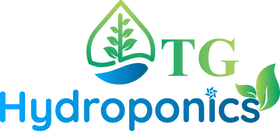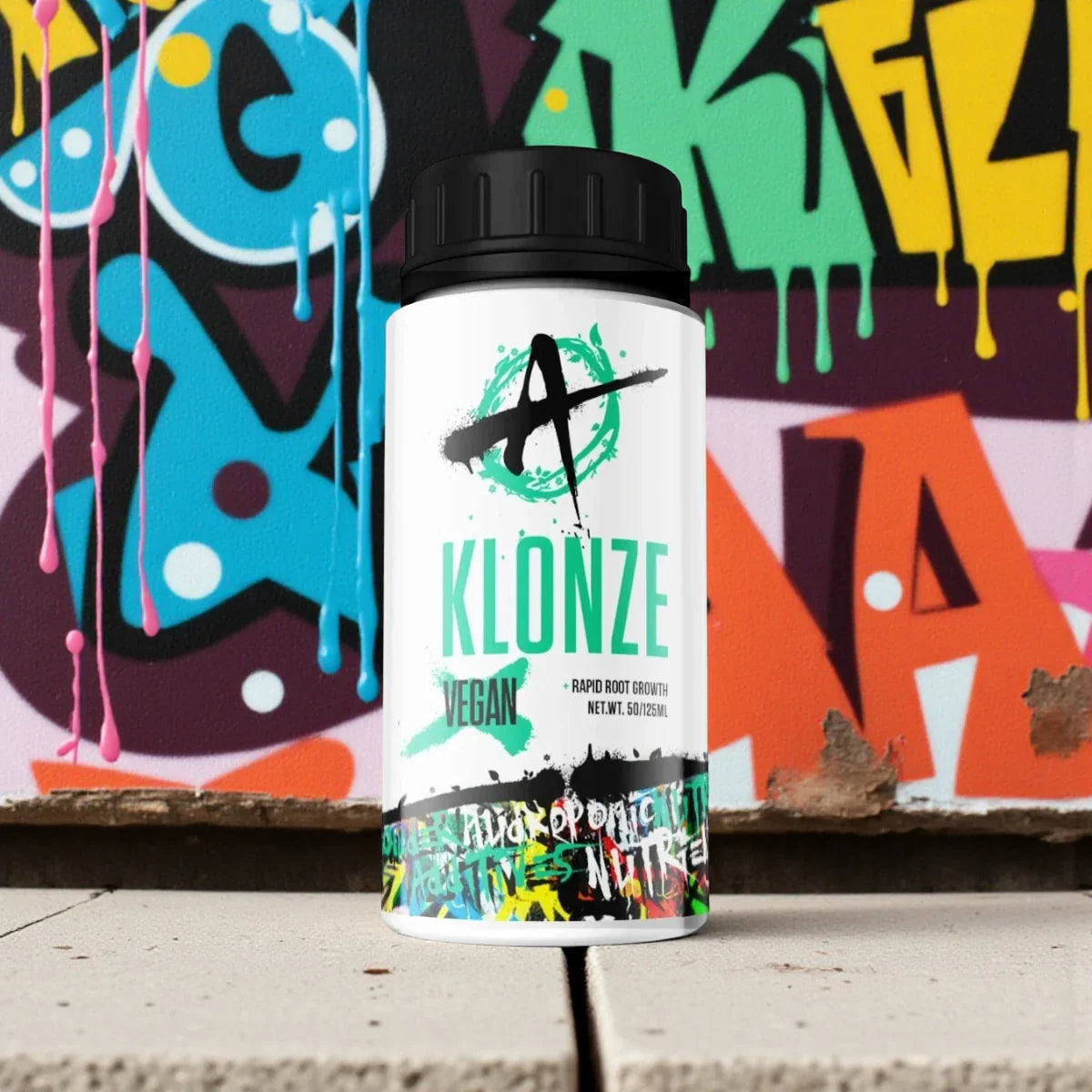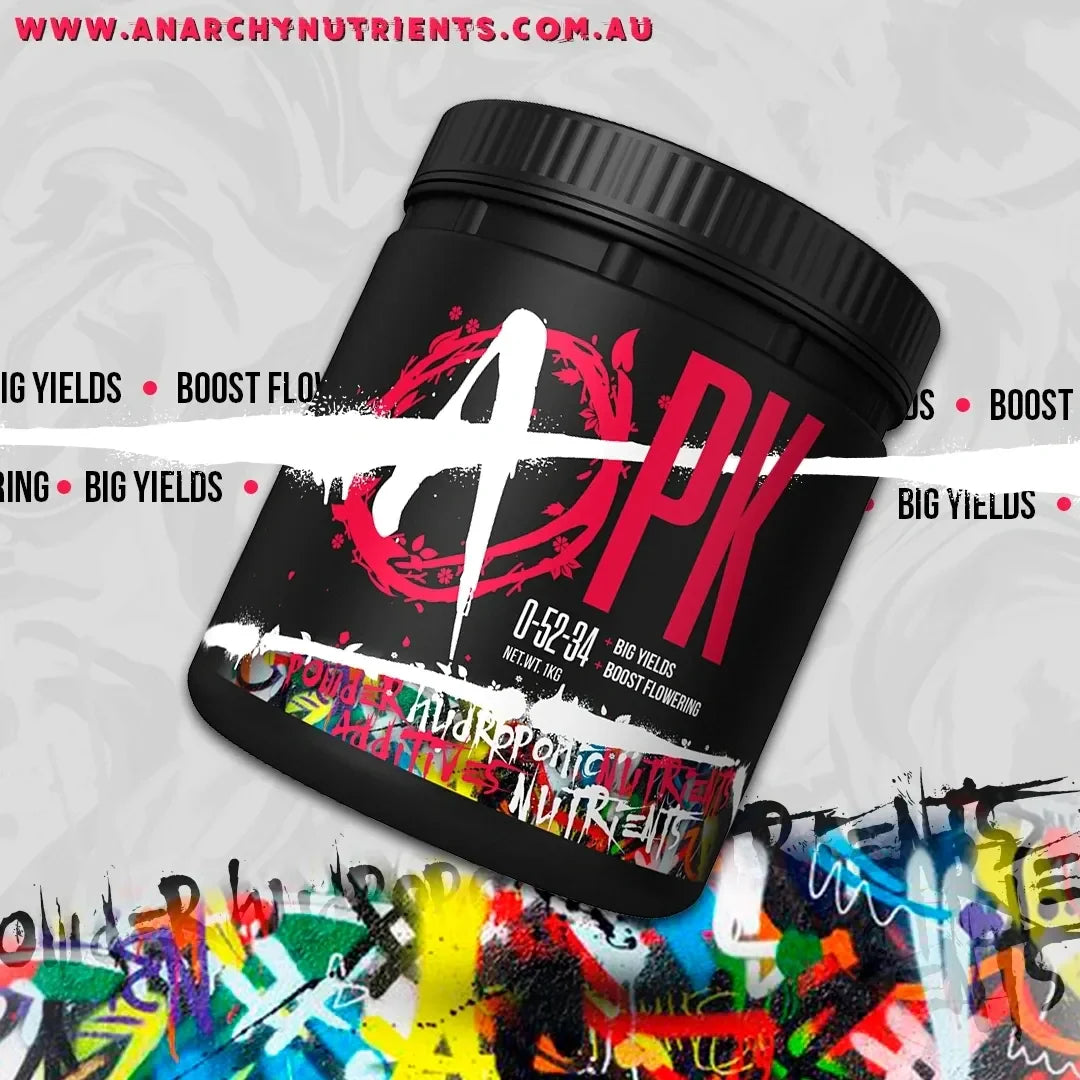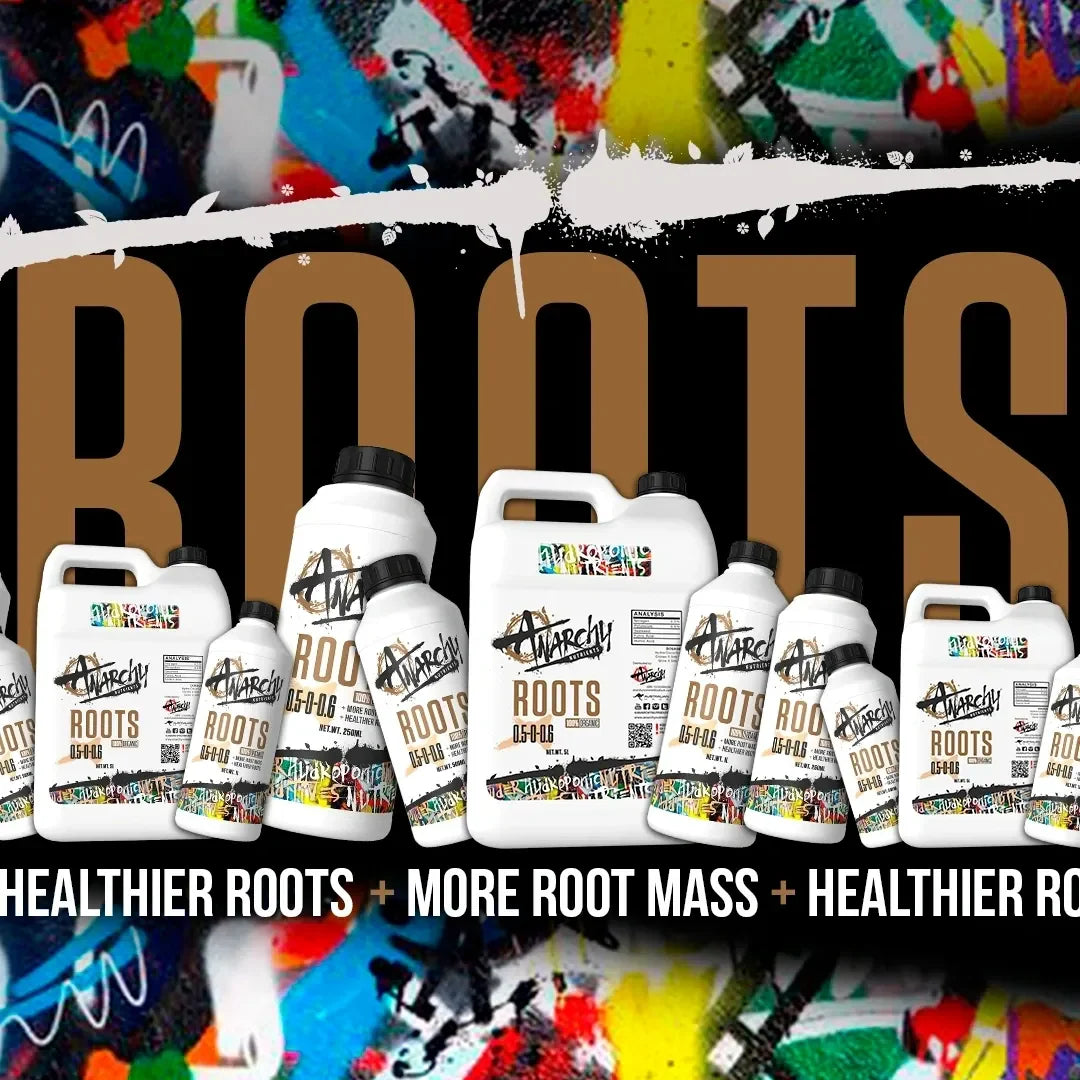Growing plants hydroponically offers incredible control over your garden, but with great control comes great responsibility! Two of the most vital parameters you'll need to monitor and manage are pH (potential of hydrogen) and EC (Electrical Conductivity). Understanding these isn't just for advanced growers; it's fundamental for anyone serious about successful hydroponics in Australia.
At TG Hydroponics, we often get questions about why these numbers matter so much. Let's break down why pH and EC are crucial for thriving plants and how you can easily keep them in check.

Why pH Matters: The Key to Nutrient Absorption
Think of pH as the gatekeeper for your plants' nutrient intake. pH measures how acidic or alkaline your nutrient solution is, on a scale from 0 (highly acidic) to 14 (highly alkaline), with 7 being neutral.
Here's why it's so important in hydroponics:
- Nutrient Availability: Plants can only absorb specific nutrients when the solution's pH is within a certain range. If the pH is too high or too low, even if all the nutrients are present in your solution, the plant simply can't take them up. This leads to nutrient lockout, causing deficiencies and stunted growth.
- Optimal Range: Most hydroponic plants thrive in a slightly acidic to neutral pH range, typically between 5.5 and 6.5. This range allows for the optimal uptake of most essential macro and micronutrients.
What happens if pH is off?
- Too Low (Acidic): Can lead to toxicity of certain micronutrients (like iron or manganese) and deficiencies in others (like calcium or magnesium).
- Too High (Alkaline): Often causes deficiencies in micronutrients like iron, zinc, and manganese, as they become unavailable to the plant. You might see yellowing leaves (chlorosis) or distorted growth.
Why EC Matters: The Right Amount of Food
EC (Electrical Conductivity) measures the concentration of dissolved salts in your nutrient solution. In hydroponics, "dissolved salts" are essentially all the essential nutrients your plants need. A higher EC means there are more nutrients in the solution, and a lower EC means fewer.
Here's why monitoring EC is critical:
- Nutrient Strength: EC tells you if your plants are getting enough "food," too much, or too little. It's like ensuring your plants are on the right diet.
-
Avoiding Over/Under-feeding:
- Too High EC: Means the solution is too concentrated. This can "burn" the roots, dehydrate the plant, and lead to nutrient lockout, causing wilting or leaf tip burn.
- Too Low EC: Means the solution is too dilute, leading to nutrient deficiencies and slow, stunted growth.
- Plant-Specific Needs: Different plants and different growth stages require varying EC levels. Seedlings and leafy greens generally need a lower EC than mature, fruiting plants like tomatoes or capsicums.
Understanding EC Units: You might see EC measured in mS/cm (milliSiemens per centimeter) or ppm (parts per million). While ppm is common, it's actually derived from EC, and there are different conversion factors (e.g., 500-scale or 700-scale). Most professional growers and quality meters in Australia use mS/cm, which is a more consistent and universally accepted measurement.
How to Measure and Adjust pH and EC
Monitoring these parameters is surprisingly straightforward with the right tools.
-
Measuring pH:
- pH Meter: This is your best friend. Digital pH meters are accurate, easy to use, and give instant readings. Always calibrate your pH meter regularly using calibration solutions (pH 4.0, 7.0, and 10.0) for accuracy.
- Test Strips/Kits: Less accurate but can be a quick check.
- Frequency: Check pH daily, or at least every other day, as it can fluctuate.
-
Adjusting pH:
- If your pH is too high, use a pH Down solution (usually phosphoric acid).
- If your pH is too low, use a pH Up solution (usually potassium hydroxide).
- Method: Add small amounts of pH Up/Down, mix well, and re-test. Go slowly! A little goes a long way.
-
Measuring EC:
- EC Meter (or TDS/PPM Meter): Similar to a pH meter, these digital devices are essential for accurate readings. Again, regular calibration is recommended, though less frequent than pH meters.
- Frequency: Check EC every 1-3 days. As plants absorb nutrients, the EC level will drop.
-
Adjusting EC:
- If EC is too low: Add more concentrated nutrient solution.
- If EC is too high: Add plain pH-adjusted water to dilute the solution.
- Full Reservoir Change: Periodically, you'll need to completely change your reservoir solution (typically every 7-14 days). This prevents nutrient imbalances and the build-up of unwanted salts.

TG Hydroponics: Your Partner in Hydroponic Success
At TG Hydroponics, we offer a comprehensive range of high-quality testing equipment, including reliable pH and EC meters, calibration solutions, and pH Up/Down products. We also stock a wide selection of premium nutrient additives designed for optimal plant health.
Our friendly and knowledgeable team is always here to provide expert advice and help you troubleshoot any issues you might encounter. We're committed to ensuring your hydroponic journey is successful and rewarding.
Don't forget our Winter Sale with up to 50% off on selected items! It's the perfect opportunity to stock up on essential monitoring tools and nutrient solutions.
Visit our website at tghydroponics.com.au or contact us directly via phone: 0405546688 or email: tonygarden3020@gmail.com to get the support you need for a thriving hydroponic garden.




